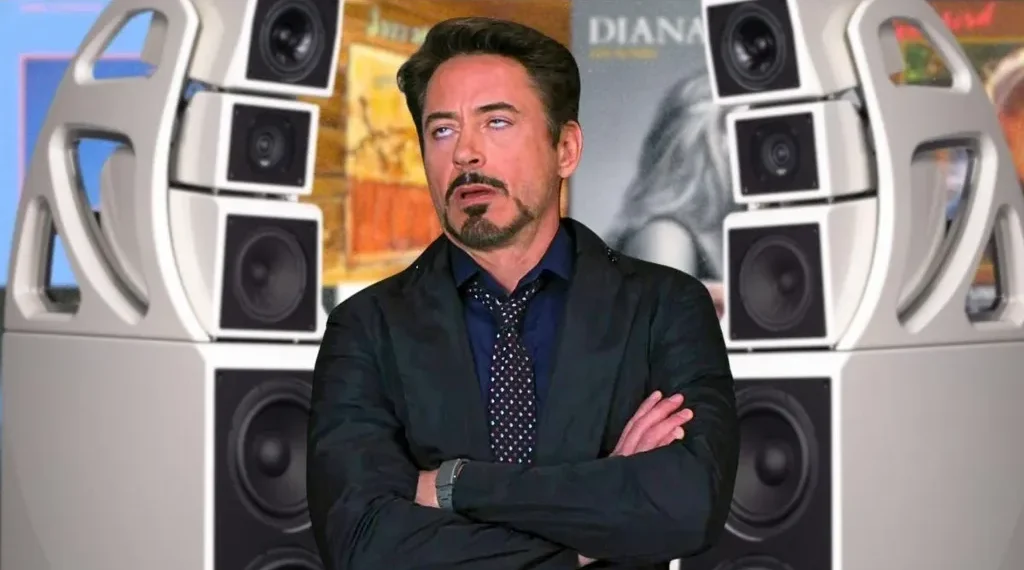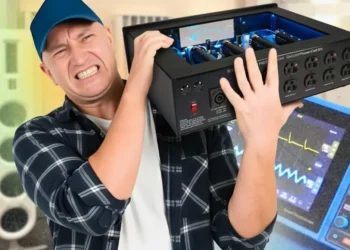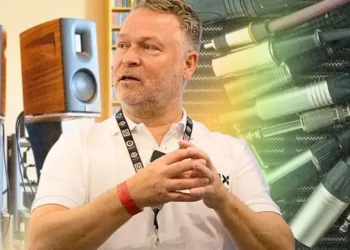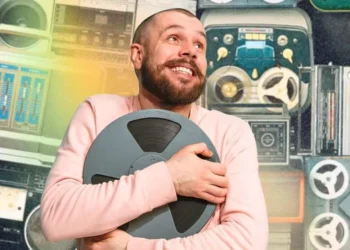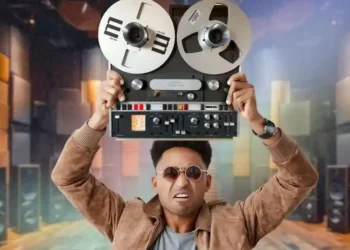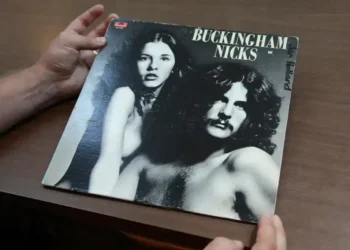15 Overused Audiophile Test Albums That Should Take a Break in 2025
Published Time 08-17-2025, 16:45
Audiophiles are known for seeking the highest-quality sound experiences. Yet, certain albums have been played so frequently in demos that even iconic tracks now feel overused. Surveys across audio forums and music communities reveal the 15 albums that listeners believe have outstayed their welcome in demo rooms. These records remain excellent musically but have become more about testing gear than enjoying music.
1. Pink Floyd – Dark Side of the Moon (1973)
A perennial favorite in demo sessions, Dark Side of the Moon showcases Alan Parsons’ innovative production. Tracks like “Money” and “Time” feature sub-bass, alarm clocks, and layered effects that have become standard test sounds. Constant reissues—MFSL, SACD, Atmos, UHQR, and Blu-ray—have cemented its role as background for audio testing rather than active listening. Survey respondents suggest giving this classic a temporary break to restore its impact.
2. Steely Dan – Aja (1977)
Tracks such as “Aja” and “Peg” epitomize precision audio engineering. While listeners admire the clean production, Wayne Shorter’s saxophone, Steve Gadd’s drumming, and Michael McDonald’s backing vocals are often overanalyzed. Audiophiles note that repeated demos strip the music of spontaneity, leaving it overly polished and mechanical.
3. Eagles – Hotel California (1976)
Once praised for its storytelling and production, Hotel California has become the “safe choice” for demo playlists. Its ubiquity has turned the album into sonic wallpaper, satisfying no one and exciting few. The broad appeal that once drew listeners now contributes to fatigue in audio communities.
4. Dire Straits – Brothers in Arms (1985)
Known for “Money for Nothing” and “Your Latest Trick,” Dire Straits’ debut in the digital era made it a go-to for high-fidelity demos. While Mark Knopfler’s guitar tone remains exemplary, survey respondents report that these tracks now feel like relics, appealing primarily to nostalgia rather than music appreciation.
5. Various Artists – Jazz at the Pawnshop (1977)
This live Stockholm recording highlights the venue’s acoustics and audience sounds, making “Limehouse Blues” a common choice for evaluating soundstage and ambience. Many jazz enthusiasts feel the album prioritizes sonic effects over musicality, turning it into an audio showcase rather than a musical experience.
6. Miles Davis – Kind of Blue (1959)
The landmark jazz album features timeless tracks like “So What” and “All Blues.” However, using it to test cables or systems diminishes its artistic significance. Audiophiles report skipping portions of tracks, prioritizing technical cues over the musical narrative, and reducing the album to a demonstration tool.
7. Diana Krall – Live in Paris (2002)
Diana Krall’s live performances, including “‘Deed I Do” and “A Case of You,” once thrilled demo audiences. Today, some listeners perceive the album as a “safe” choice, prioritizing vocal clarity over the emotional engagement of the music, making it a predictable addition to showroom playlists.
8. Norah Jones – Come Away With Me (2002)
Norah Jones’ soft, inviting sound makes “Don’t Know Why” ideal for evaluating midrange detail. Yet survey data indicate its gentle, unchallenging quality has led to repeated overuse, creating a sedative listening experience better suited for background than attentive enjoyment.
9. Eva Cassidy – Songbird (1998)
Cassidy’s posthumous compilation, including “Fields of Gold” and “Over the Rainbow,” highlights her vocal talent. However, respondents express concern that overplaying these emotionally charged performances for demos risks reducing her legacy to a sonic novelty rather than respecting her artistry.
10. Patricia Barber – Café Blue (1994)
Café Blue’s award-winning recordings, such as “Ode to Billie Joe,” have become emblematic of audiophile elitism. Finger snaps and detailed bass lines are often emphasized over the narrative and emotion of the music, making the album more about technical evaluation than listener enjoyment.
11. Alison Krauss & Union Station – Live (2002)
Praised for its clarity and precision, this live bluegrass album’s “Cluck Old Hen” track illustrates the limitations of hyper-polished audio. While technically impressive, repeated demo use can strip away the natural energy and charm of the performance, leaving it feeling clinical.
12. Shelby Lynne – Just a Little Lovin’ (2008)
A tribute to Dusty Springfield, engineered by Al Schmitt, this album emphasizes technical fidelity with delicate snare and smoky vocals. Survey responses suggest the focus on engineering details often overshadows Lynne’s artistry, making the album a tool for gear assessment rather than musical engagement.
13. Amber Rubarth – Sessions from the 17th Ward (2012)
This Chesky binaural recording creates a 3D sound illusion, particularly on “Hold On.” While impressive initially, repeated use at audio meets reduces the album to a novelty, prioritizing spatial tricks over lasting musical impact.
14. Hans Zimmer – Interstellar (2014)
Zimmer’s “Mountains” has become a demonstration standard for deep organ tones and orchestral crescendos. Audiophiles note that excessive exposure to its bombastic passages can make the experience predictable and one-dimensional, especially on lower-end systems.
15. Daft Punk – Random Access Memories (2013)
“Giorgio by Moroder” exemplifies high-quality analog production. Despite its modern appeal, the album quickly became overplayed, replacing older classics only to fall into the same repetitive trap, highlighting the cycle of audiophile demo fatigue.
This article was rewritten by JournosNews.com based on verified reporting from trusted sources. The content has been independently reviewed, fact-checked, and edited for accuracy, neutrality, tone, and global readability in accordance with Google News and AdSense standards.
All opinions, quotes, or statements from contributors, experts, or sourced organizations do not necessarily reflect the views of JournosNews.com. JournosNews.com maintains full editorial independence from any external funders, sponsors, or organizations.
Stay informed with JournosNews.com — your trusted source for verified global reporting and in-depth analysis. Follow us on Google News, BlueSky, and X for real-time updates.
